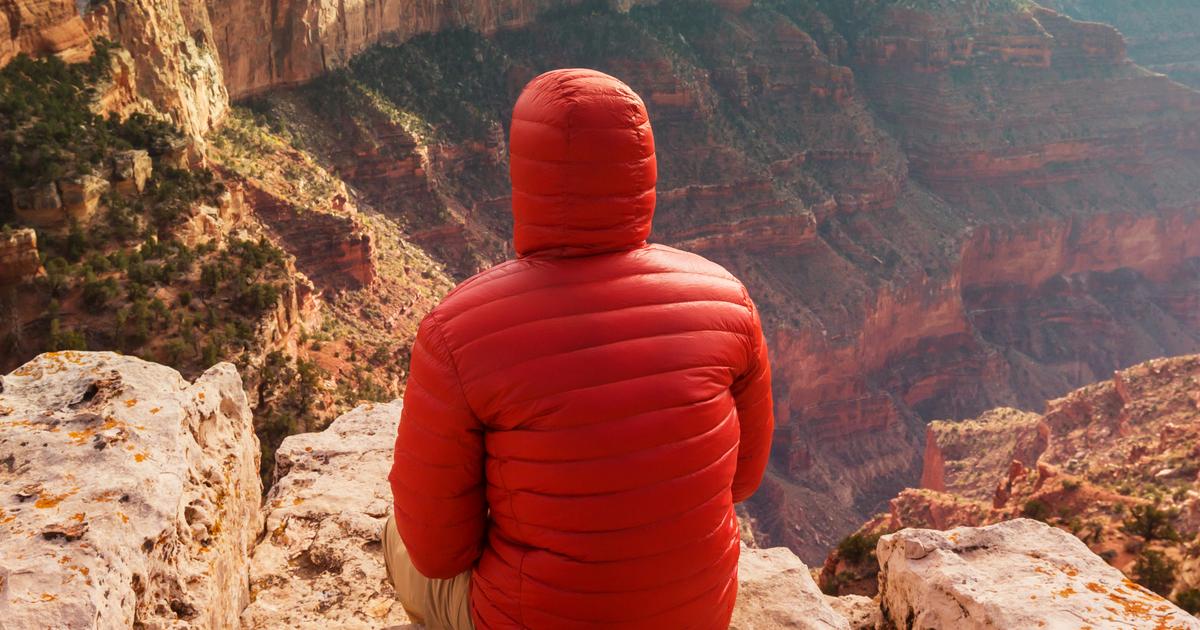How To Prevent And Treat Altitude Sickness
Stop And Rest
If individuals feel any of the symptoms of altitude sickness coming on, the first thing they should do is stop and rest. If individuals are hiking or climbing, they should keep in mind the higher they climb, the worse symptoms will become. It may even be a good idea to return to a lower altitude until they feel better. More on this later. Individuals should also consider the slower they elevate, the better their body will be able to adjust to the altitude. They should keep to a slow to moderate pace, and be sure to stop and rest whenever they start to feel woozy. Everyone should consider taking periodic breaks even if they do not feel sick.
Get to know the next method of treating altitude sickness now.
Take Pain Relievers

In a 2012 trial published in the Annals of Emergency Medicine, ibuprofen was found to decrease the likelihood of altitude sickness. Eighty-six men and women spent the night at an elevation of 4,100 feet and were given either six hundred milligrams of ibuprofen or a placebo every six hours leading up to bedtime. The individuals taking pain relievers were twenty-six percent less likely to experience symptoms of altitude sickness. The majority of individuals have convenient access to ibuprofen or a similar drug, so this is an option for individuals who have the time to prepare for the trip and take pain relievers ahead of time. Eveyrone should, however, remember to consult a doctor before taking a new medication and always follow the directions on the packaging, unless otherwise specified by a doctor.
Learn more about treating altitude sickness effectively now.
